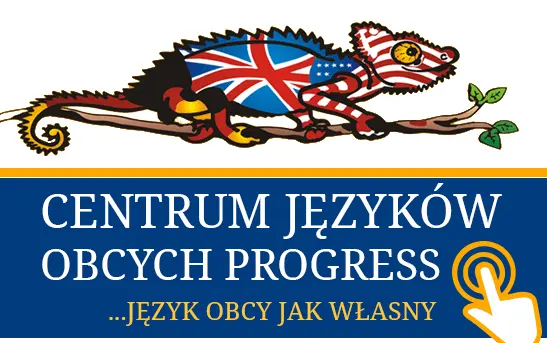- North America (103)
- The United States (87)
- Canada (16)
- Central America (48)
- Mexico (48)
- South America (11)
- Brasil (11)
- Australia and Oceania (20)
- Asia (447)
- Thailand (59)
- Malaysia (3)
- Burma (Myanmar) (52)
- Cambodia (250)
- Indonesia (11)
- Singapore (6)
- Israel (8)
- United Arab Emirates (3)
- Oman (26)
- Sri Lanka (24)
- Turkey (10)
- Africa (19)
- Europe (439)
- Spain (Catalonia) (7)
- Spain (27)
- Italy (29)
- Great Britain (4)
- France (15)
- Poland (286)
- Germany (11)
- Czech (10)
- Greece (36)
- Cyprus (16)
- Off-topic
- All
Inle Lake
It is Małgosia and Jacek's turn to make an entry and select photos to the blog We would like to send out warm greetings to all active commentators.
The ninth day of the expedition. The Budda revenge Buddy collects its toll. We do not give up. We swallow drugs (xifaxan, loperamide, nifuroxazide and uninspired stoperan and othe appropriate probiotics) (from the editor: there's nothing like doctors, of whom we have six people) and set off on a cruise on Lake Inle.
For us the Asian greenhorns, this cruise means Myanmar in a nutshell.
If you want to know more about this country, get on such voyage. There is a town of 100 thousand residents; in a town built on water, as well as numerous villages and individual houses - all on high stilts.
Here you can experience everything about living in such an unusual place:
- At the beginning the religious life - we saw the temple with five statues of the Buddha plastered with gold leaves in a way that it completely changed the appearance of the figures. These images of the Buddha are so valuable that when during one of the annual procession of boats from village to village, one figure sank and she was found "itself" miraculously in the temple, it was decided not to export it outside of the pagoda.
- Then everyday life - on one of the islands we looked up to products from rice: these are big "crackers" that are made from the pulp of rice are dried in the sun on bamboo mats. One woman makes approx. 600 (!!!) of such pies a day.
- Then weaving - we got to a workshop where a woman, in an extraordinary way, from the stems of lotus, gets fibers which are then weaved into scarves, shawls and other products. Most of the women's team could not resist the temptation and bought some beautiful products, despite a very high prices, because of the rarity of the raw material.
- Stimulants - are all interested in those. Smokers (Bogdan, Paul, and even Gabrysia) bought something similar to cigarettes (cherroots) whose list of ingredients can be seen at the photo. Not all like them ...
- Gastronomy - a place where we ate lunch surprised us – it was, unfortunately, very European. A typical tourist trap.
- Other manufactures - not to mention what is produced in the town on the water, in such difficult conditions: gold and silver jewelry, umbrellas, lanterns, etc.
- Floating gardens – can you grow vegetables on the lake?! It turns out that you can. Take a mat of bamboo, cover it with mud from the lake, add fertilizer derived from the lake seaweed and plant vegetables.
As a result, eg. 85% of tomato production in Myanmar comes from the lake!
- Power infrastructure - look at the pictures (made by our eng. electrician)
Apart from it all, it's hard to resist the impression that the tourists who arrive to the town disturb the residents in their daily life and work. On the other hand, they are the engine of economic development and civilization there.
We believe that in a few years this place will lose its original character. We are seeing the beginning of the commercialization process: construction of hotels, supermarkets, etc.
Come here as soon as possible !!!


























































- przewodnikowi w żółtym baaardzo do twarzy!
- pytanie do Jacka J. : czy kupił szalik i ile teraz w sumie ich ma w walizce?
Over!
Szczególnie urzekły mnie fotografie instalacji elektrycznych - widać w nich wieloletnie doświadczenie inżyniera w uwiecznianiu tego typu konstrukcji! Pozdrawiam